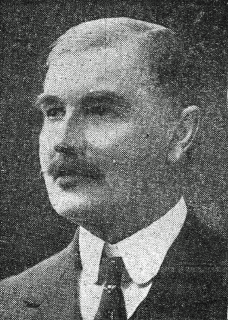After almost twenty years’ police service, he became a resident magistrate (12 November 1898), a civil service post under the Constabulary Act, 1836. Bell’s districts included Athenry, Claremorris, Armagh, Belfast, and Portadown. With many years’ experience in criminal intelligence, he was transferred to Dublin Castle early in the war of independence as a special investigator and intelligence gatherer. In December 1919 he questioned suspects for the attempted IRA assassination of the viceroy, Lord French, and placed suspect premises under surveillance. Bell’s vulnerability was made evident by the shooting in January 1920 of Dublin Metropolitan Police Assistant Commissioner William Redmond, one of his informants. He remained in Dublin to investigate the ‘republican loan’ believed to be hidden in suspect bank accounts. Refusing protective accommodation in Dublin Castle where other officials had already retreated, he opted to live with his wife at a private suburban residence, 19 Belgrave Square, Monkstown, County Dublin. Bell summoned bank managers to his office in early March 1920 and progressed sufficiently to force Collins into taking action.
Carrying a pocket revolver for protection, Bell travelled to work daily by tram until the morning of 26 March 1920. At the busy junction of Simmonscourt Road, Sandymount Avenue, and Merrion Road, Ballsbridge, a group of men immobilised the crowded vehicle and surrounded their target, declaring: ‘Come on, Mr Bell, your time has come.’ Bundling him on to the street, they shot him dead in public view and ran from the scene. In spite of vivid eyewitness accounts in the press, no killer was identified.
He was buried privately in Dean’s Grange cemetery.

